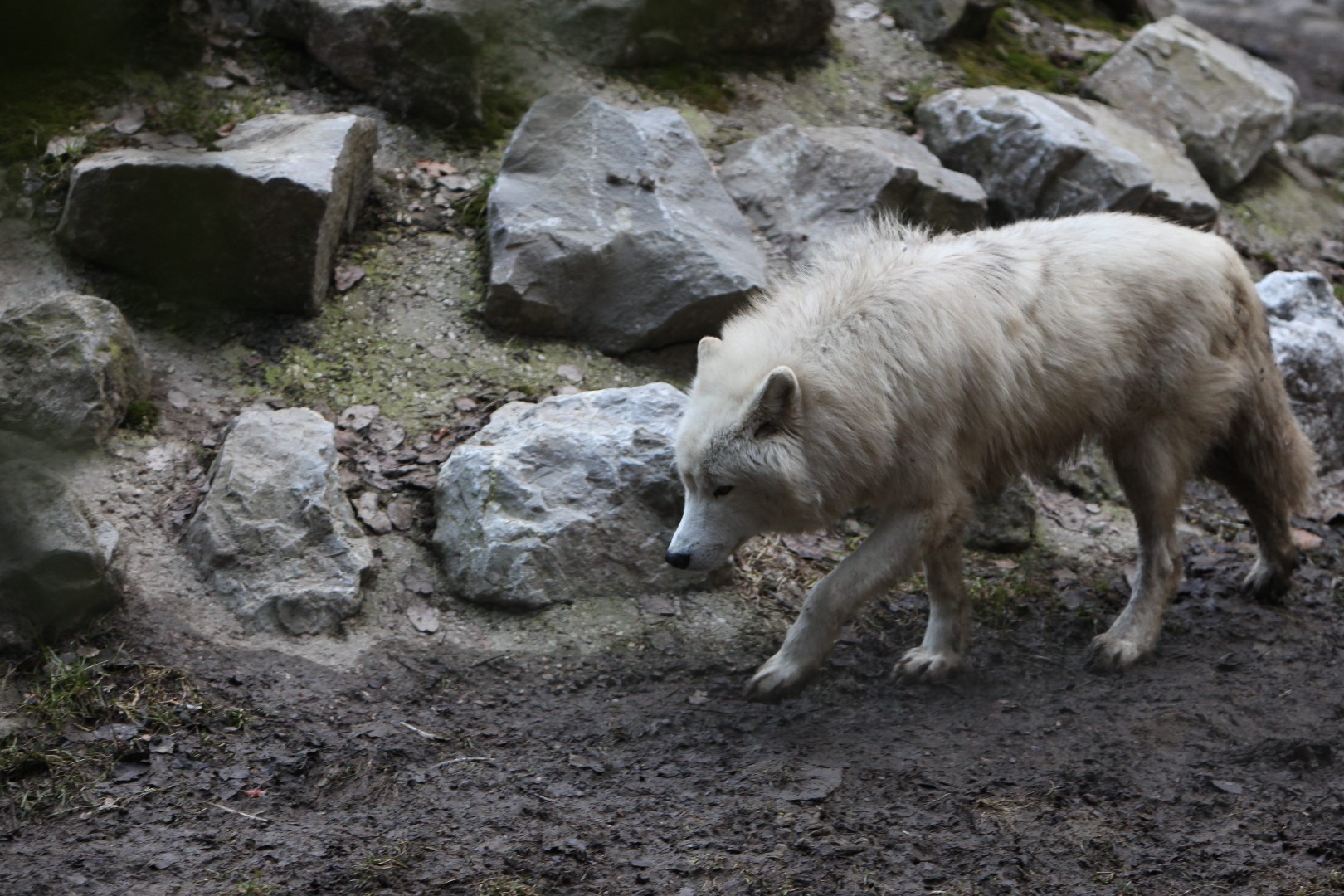Canis lupus arctos
A species of Wolves jackals and allies Scientific name : Canis lupus arctos Genus : Wolves jackals and allies
Canis lupus arctos, A species of Wolves jackals and allies
Scientific name: Canis lupus arctos
Genus: Wolves jackals and allies
Content
Description General Info
 Photo By Rama , used under CC-BY-SA-2.0-FR /Cropped and compressed from original
Photo By Rama , used under CC-BY-SA-2.0-FR /Cropped and compressed from original Description
Canis lupus arctos epitomizes resilience in subarctic regions, encompassing Arctic tundra and boreal forests. Complex social structures enable intricate communication through howling, reinforcing social bonds and coordinated hunting efforts on larger prey such as muskoxen. Additionally, canis lupus arctos exhibits exquisite physiological adaptations to extreme cold, such as its ability to recycle heat produced during metabolism.
General Info
Lifespan
15-20 years
Diet
Canis lupus arctos is chiefly carnivorous, predominantly preying on ungulates such as reindeer and elks. It also consumes smaller mammals, fishes, birds, and carrion. Seasonal availability effects diet adaptations.
Appearance
Canis lupus arctos has a compact body and muscular build, characteristic of its adaptability in cold climates. Size varies with males often larger, measuring up to 1.8-2 meters in length. Its dense fur is primarily pristine white, providing effective camouflage in snow. Notable features include a bushy tail, used for insulation in freezing temperatures, and shapely ears that stand erect on its wolf-like head.
Behavior
Canis lupus arctos is a highly social, pack-animal with a keen sense of hierarchy, often led by a dominant alpha pair. They are cooperative hunters, mainly focusing on larger mammalian prey. Territorial marking is commonplace, achieved through scent and vocalization. Adapted for Arctic conditions, canis lupus arctos often exhibit curling behaviors for warmth retention.